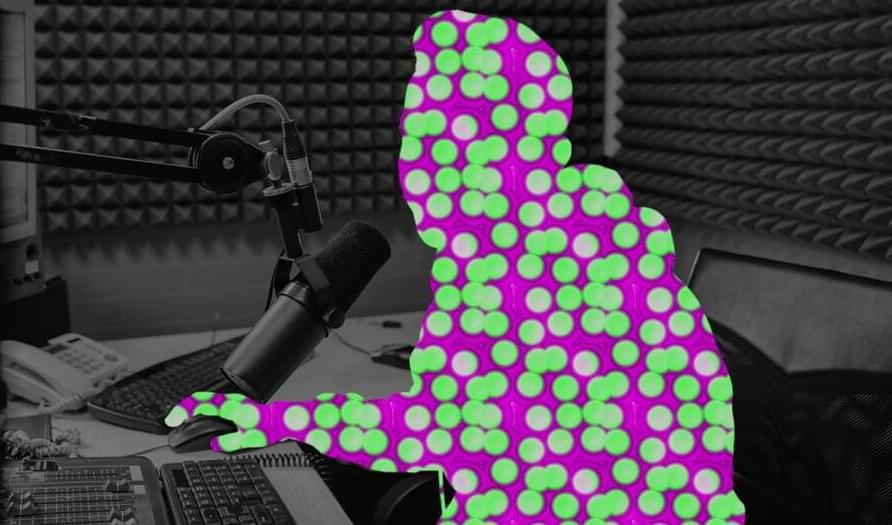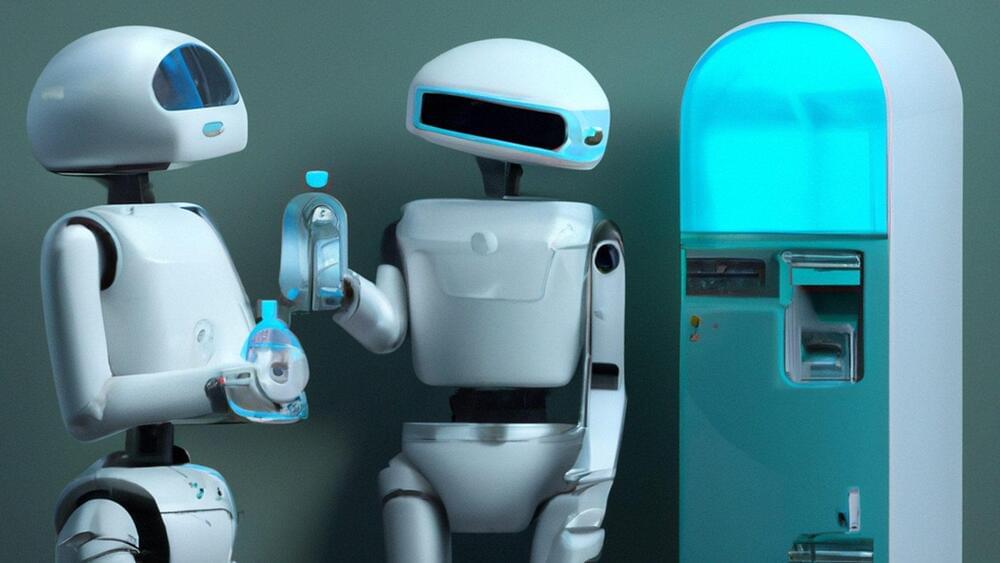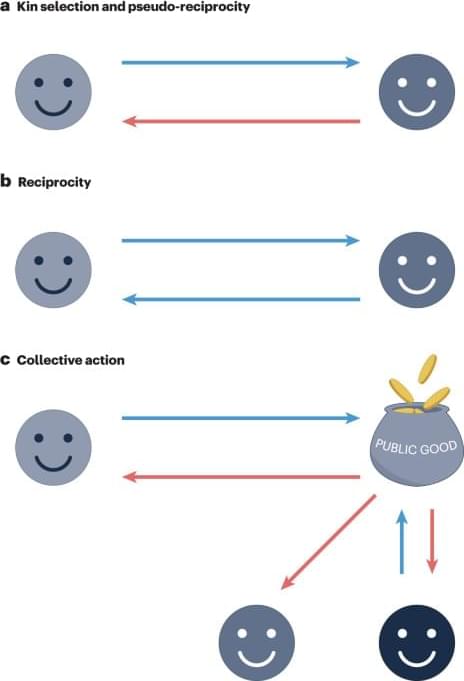The appetite for hardware to train AI models is voracious.
AI chips are forecast to account for up to 20% of the $450 billion total semiconductor market by 2025, according to McKinsey. And The Insight Partners projects that sales of AI chips will climb to $83.3 billion in 2027 from $5.7 billion in 2018, a compound annual growth rate 35%. (That’s close to 10 times the forecast growth rate for non-AI chips.)
Case in point, Tenstorrent, the AI hardware startup helmed by engineering luminary Jim Keller, this week announced that it raised $100 million in a convertible note funding round co-led by Hyundai Motor Group and Samsung Catalyst Fund.









